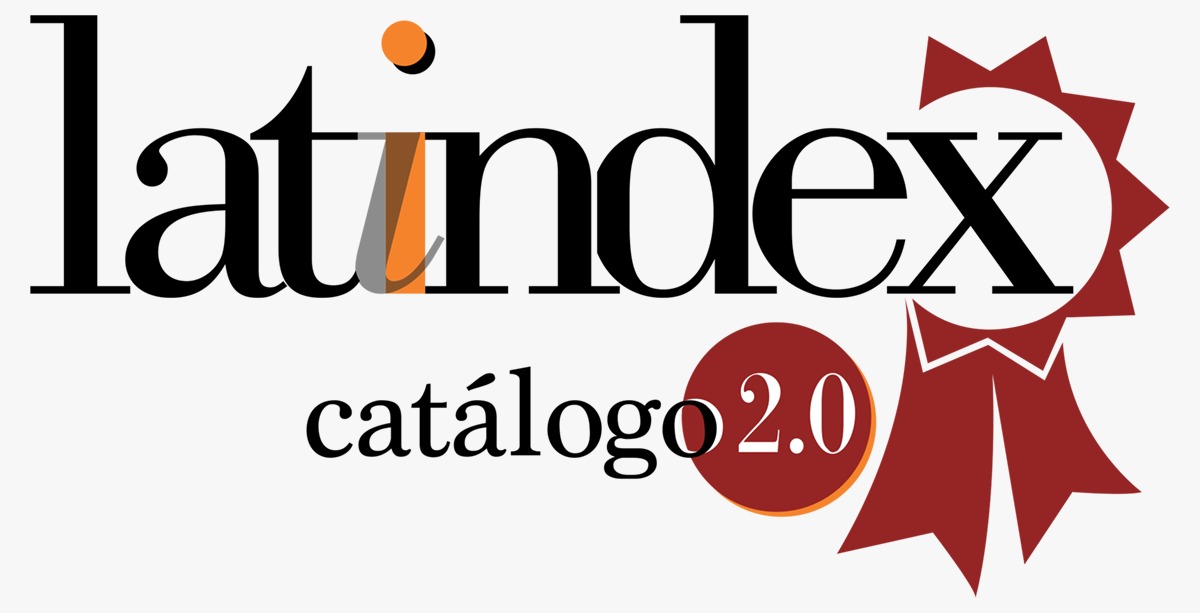Curricular guidelines to face virtual harassment From university social responsibility in Peru, Chile and Spain
DOI:
https://doi.org/10.47865/igob.vol6.n24.2023.315Keywords:
vulnerability, cyber harassment, university curriculum, digital citizenship, gender violenceAbstract
The investigation focused on gathering and analyzing data from the Faculty of Philosophy and Educational Sciences at the University of Valencia in Spain, the Faculty of Education at the University of Concepción in Chile, and the Faculty of Economic and Business Sciences at the University Ricardo Palma. The main goal was to scrutinize the curricular guidelines for university social responsibility and the virtual harassment phenomenon. The researchers conducted the study by designing ad hoc matrices and instruments, with virtual meetings facilitating the process. The adopted non-experimental methodology aimed to collect information for a quantitative comparative analysis. A non-probabilistic sample was chosen due to the challenges in identifying appropriate participants across the three university institutions. The descriptive comparative analysis served as the methodological core, with the analysis unit focusing on management, faculty, students, and the committees for university social responsibility. The deployment of questionnaires uncovered the perceptions within the university community. The findings enabled an evaluation of the curricular guidelines' effectiveness in addressing virtual harassment and promoting university social responsibility, suggesting enhancements and organizing academic activities to embed these themes into undergraduate curricula transversally.
Downloads
References
Consejo Nacional de Política. (2017). Feminicidios en el Perú. Ministerio de Justicia y Derechos Humanos del Perú. Ministerio de Justicia y Derechos Humanos
Fileborn, B. (2017). Justice 2.0: Street harassment victims’ use of social media and online activism as sites of informal justice. British journal of criminology, 57(6), 1482-1501. https://doi.org/10.1093/bjc/azw093
Flores, P., & Browne, R. (2017). Young people and patriarchy in the ICT society: A reflection from the symbolic gender violence of social networks. Revista Latinoamericana de Ciencias Sociales, Niñez y Juventud,15(1),147-160. https://doi.org/1011600/1692715x1510804082016
Galindo, A. E. Q. (2021). El feminicidio en el Perú. Ñawparisun-Revista de Investigación Científica, 3(2).
Marín-Balcázar, S., & Guamán, M. P. G. (2022). Una revisión sistemática de la literatura acerca de modelos, programas y estrategias de intervención sobre el acoso y el ciberacoso. Maskana, 13(2), 21-33.
https://doi.org/10.18537/mskn.13.02.03
Pertuz, S. (2014). Concepciones curriculares del Programa de Nutrición y Dietética en la Universidad Nacional de Colombia (1965-2013). Rev Fac Med, 62(1), 101-114. Doi http://dx.doi.org/10.15446/revfacmed.v62n3sup.38114
Quezada, M. T., Carrillo Navarro, J. C., & Lucio López, L. A. (2015). Violencia virtual y acoso escolar entre estudiantes universitarios: el lado oscuro de las redes sociales. Innovación educativa (México, DF), 15(68), 33-47.
http://www.scielo.org.mx/scielo.php?script=sci_arttext&pid=S1665-
Quispe, M., Curro, O., Córdova, M., Pastor, N., Puza, G., y Oyola, A. (2018). Violencia extrema contra la mujer y feminicidio en el Perú. Revista Cubana de Salud Pública, 44(2), 278–294. https://www.scielosp.org/article/rcsp/2018.v44n2/278294/es/#
Quispe-García, M. (2022). Violencia contra la mujer en el Perú. Mount Scopus Journal, 2(2), 5-6
Rincón, C.I., Stolle, A. y Rodríguez, C. (2014). El potencial de la corresponsabilidad en el ámbito universitario: una experiencia de trabajo colaborativo desde la biblioteca para la formación en la prevención de la violencia de género. Anales de Documentación, 17 (2), 1-15. Doi https://doi.org/10.6018/analesdoc.17.2.200211
Rivas, M. M., Roldán, P. C., Gimeno, M. M., & Díaz, A. P. (2015). Violencia de pareja online y offline en la adolescencia: el rol de la soledad y del género. Revista sobre la infancia y la adolescencia, (9), 85-97.
https://doi.org/10.4995/reinad.2015.3898
Romani, U. (2021). Lineamientos curriculares para enfrentar el acoso en línea hacia la mujer en el marco de la responsabilidad social universitaria [ Grado de maestría]. Pontificia Universidad Católica del Perú. Grado de maestría. https://tesis.pucp.edu.pe/repositorio/handle/20.500.12404/21228
Vallaeys, F. y Rodríguez, J. (2019). Hacia una definición latinoamericana de responsabilidad social universitaria. aproximación a las preferencias conceptuales de los universitarios. Educación XX1. 22.1, 2019, 93-116. DOI:
5944/educXX1.19442.
Wagner, A. (2022). Retos filosóficos de las sociedades digitales: esbozo de un enfoque sistémico. Dilemata, (38), 13-29.
Downloads
Published
How to Cite
Issue
Section
License

This work is licensed under a Creative Commons Attribution-NonCommercial-ShareAlike 4.0 International License.
Esta obra está bajo una licencia internacional Creative Commons Atribución-NoComercial-CompartirIgual 4.0.
















